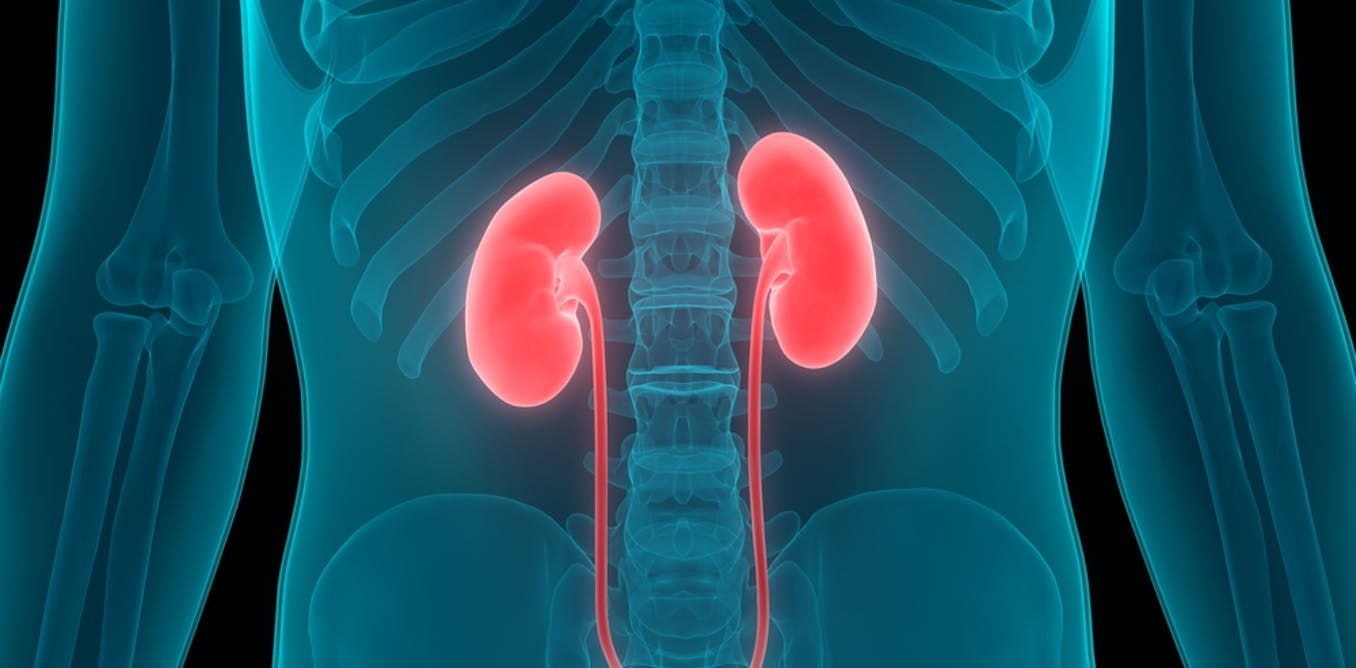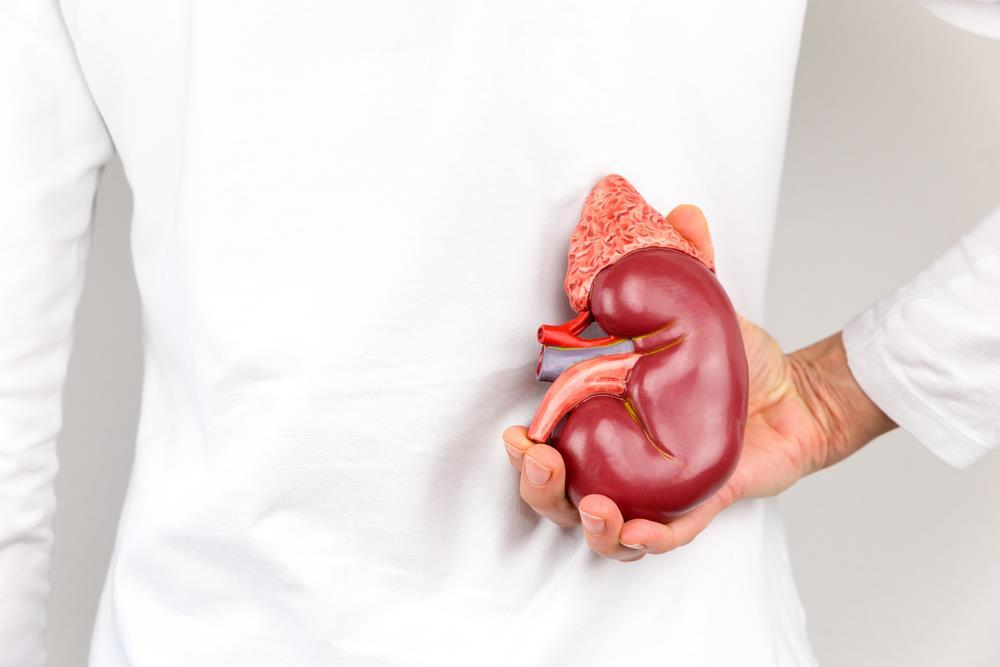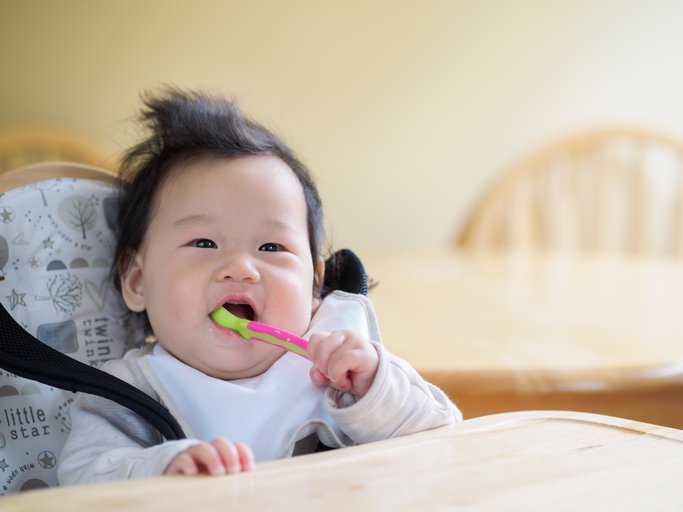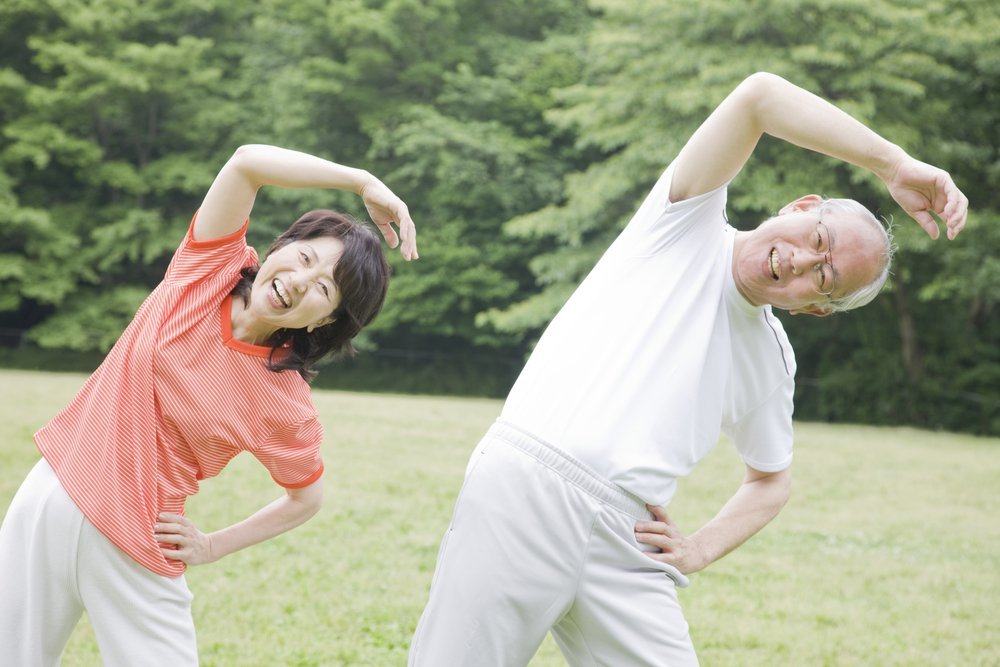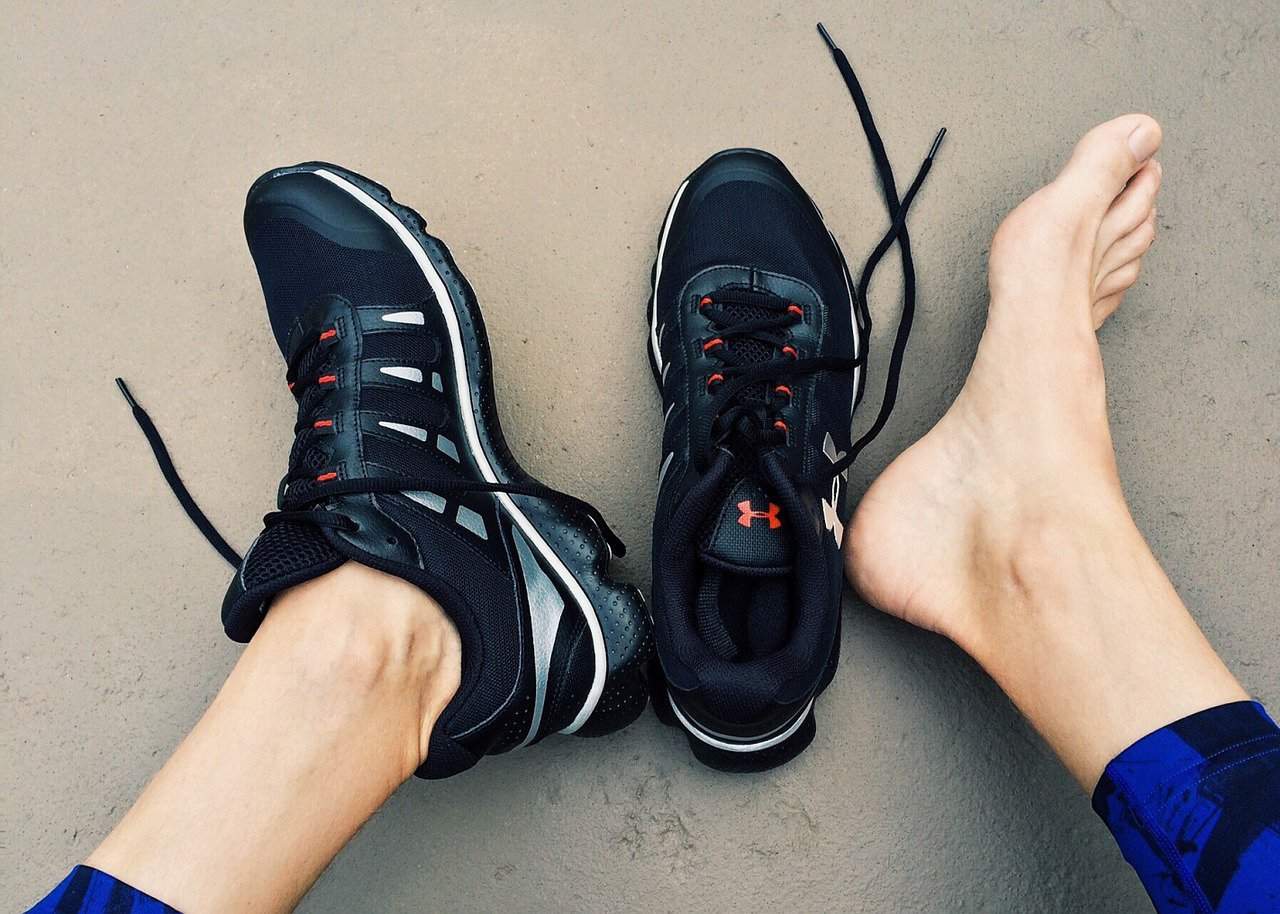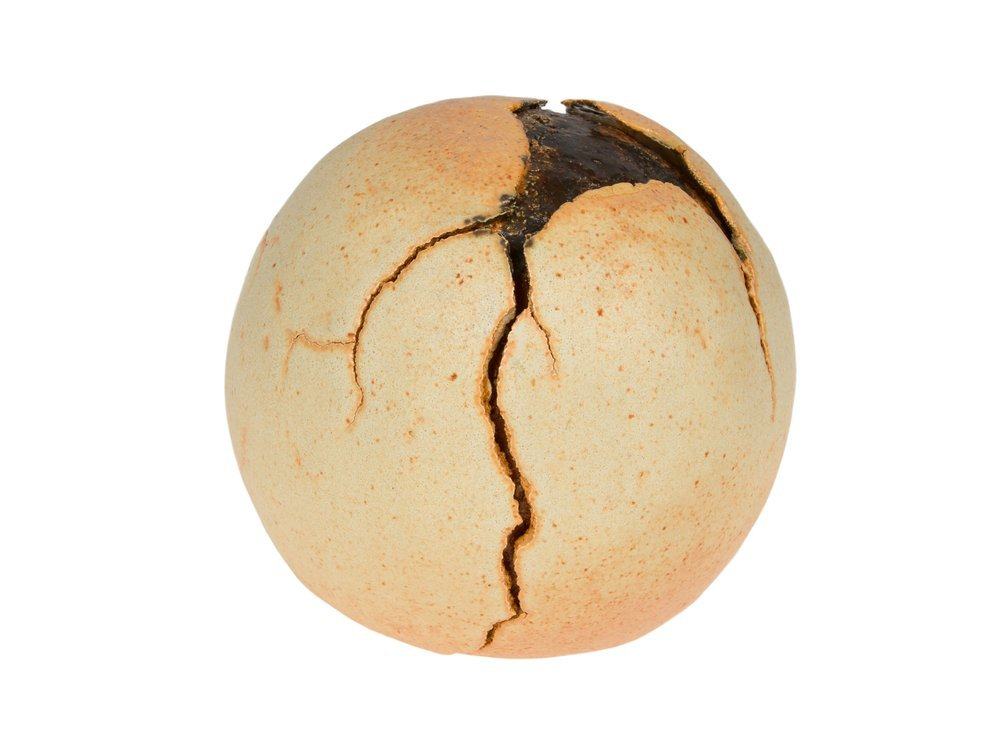Contents:
- Medical Video: Living with one kidney
- Why does someone have one kidney?
- Renal agenesis (renal agenesis)
- What are the signs and symptoms of kidney agenesis?
- What if you only have one kidney?
- How often does someone with one kidney see a doctor?
- Maintain health with one kidney
- 1. Healthy diet
- 2. Doing appropriate exercise
- 3. Drink water
- 4. Stop smoking
Medical Video: Living with one kidney
The kidneys are human organs that function to filter blood. That way, the blood that is circulated throughout the body is clean blood. Generally normal humans have two kidneys in their bodies. However, there are some people who only have one kidney for some reason. It can be because someone has a disorder in his kidney so that one of his kidneys must be removed. It could also be due to congenital birth. Then do people who only have one kidney continue to live their lives like people with two kidneys? What kind of adjustments need to be done? Here's the healthy guideline.
Why does someone have one kidney?
There are three main causes why one has only one kidney.
- Birth defects. People with agenesis (not formed) kidneys, born with only one kidney. People born with dysplasia (fault formation) of the kidneys have both kidneys, but one kidney does not function.
- Kidney removal surgery. Some people must remove the kidneys to treat cancer and other diseases or injuries. When the kidney is removed surgically because of an illness or for donation, both the kidney and ureter will be removed.
- Kidney donor. You might donate a kidney to give (grafted) to a family member or closest person who has kidney failure.
Renal agenesis (renal agenesis)
Renal agenesis (not kidney formation) is a condition in which a person is born with a loss of one or both kidneys. Unilateral Renal Agenesis (URA) is the absence of one kidney. Bilateral Renal Agenesis (BRA) is the absence of both kidneys.
According to March of Dimes, both types of renal agenesis are quite rare, occurring in less than one percent of births each year. This means that less than one in 1,000 newborns has an URA. BRA is far more rare, occurring in about one in every 3,000 births.
The kidneys perform functions that are needed for life. Everyone needs at least part of one kidney to survive. Without a kidney, the body cannot properly dispose of waste or water. This accumulation of waste and liquid can disrupt the balance of important chemicals in the blood, and cause death if left untreated.
What are the signs and symptoms of kidney agenesis?
Both types of renal agenesis are associated with other birth defects, such as having problems with the lungs, genitals and urinary tract, stomach and intestines, heart, muscles and bones, and eyes and ears.
Babies born with URA may have signs and symptoms at birth, in childhood, or not until later in life. Symptoms can include:
- High blood pressure
- Kidneys that don't function properly
- Urine with protein or blood
- Swelling of the face, hands or legs
Babies born with BRA will feel very sick and may not survive long. They usually have different physical characteristics.
- Ears look lower than normal babies
- The nose is pressed flat and wide
- Little chin
- Deformed arms and legs
Babies born with this condition are known as Potter Syndrome. Babies who have this syndrome, urine production will decrease or since the fetus does not produce urine. Urine forms a large part of the amniotic fluid that surrounds and protects the fetus.
What if you only have one kidney?
In general, people living with one kidney are able to lead a healthy life. However, some people are more susceptible to kidney disease. In some people who are born with one kidney, or have to do kidney removal surgery since they were children, there will be a possibility of losing kidney function later in life. Usually that is within 25 years or more. However, loss of kidney function is usually very mild.
It's also possible that you have high blood pressure later on. However, people who live with one healthy kidney are actually the same as people who live with two kidneys. The quality of life can be the same.
How often does someone with one kidney see a doctor?
You should check your kidney function at least once a year. Your doctor will check your kidney function by giving you a simple urine test and a simple blood test. You also have to check your blood pressure every year.
Maintain health with one kidney
If for any reason you have to live with one kidney, following adjustments and lifestyle that you must apply so that life remains healthy and of good quality.
1. Healthy diet
People who have one kidney do not need to eat special foods. However, people with reduced kidney function may need to make changes to their food to slow the progression of kidney disease.
Take care of your diet by balancing your carbohydrate, protein, fat, fiber and mineral intake. Also consult with your nutritionist about what diet is right for you to do.
2. Doing appropriate exercise
Sports are good for health. However, it is important for someone with one kidney to be careful and protect it from injury. This recommendation applies to anyone who has one kidney. Some doctors consider it better to avoid high-risk sports such as soccer, boxing, hockey, soccer, martial arts, or wrestling.
Wearing a protective device such as a soft vest under clothing can help protect the kidneys from injury while exercising. This can help reduce risk, but does not eliminate risk. Talk to your doctor if you want to join physical exercise.
3. Drink water
The way you can do to meet your body fluids is by consuming water. Drink 8 glasses of water per day or two liters. Drinking enough water can relieve kidney performance because the discharge of urine becomes smooth.
4. Stop smoking
Smoking can damage blood vessels, which reduce blood flow to the kidneys. If the kidneys do not have enough blood flow, the kidneys cannot function at optimal levels.
Smoking also increases the risk of high blood pressure and the risk of kidney cancer.

